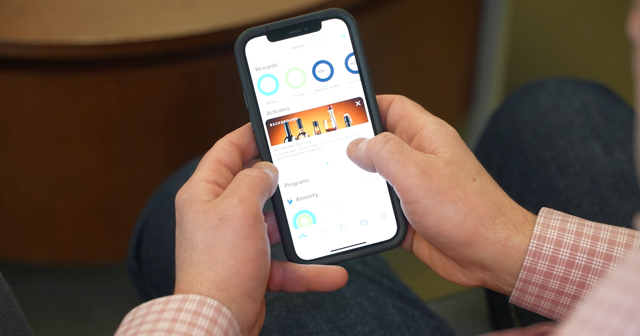The 2023 holiday season was filled with unexpected consumer behavior. Stresses around the economy and the strength of the self-care lifestyle are two reasons why holiday spending defied predictions. For example, consumers were expected to spread out their spending by choosing to start well before Thanksgiving. However, five in 10 shoppers ended up waiting until Black Friday in an effort to score better deals, according to a recent report from Horizon Media’s Why Group.
Self-gifting has a strong emotional component that can overcome financial worries among some consumers when it comes to holiday spending. Overall, consumers ended up spending an average of $28 more than planned, for an average total of $668. The gap was even more pronounced among vulnerable shoppers, who planned to spend an average of $469 but ended up spending an average of $553.
“There’s a big emotional component to self-gifting — also spurred on by the perception that holidays are times to get the best deals,” said Miriam Browning-Nance, vice president at Why Group, Horizon Media’s intelligence center of excellence. “Marketers should harness this force all year round with messaging around the ‘importance of you’ and help assuage any potential guilt in people’s treating themselves.”
The “2023-2024 Holidays Unwrapped” report is based on a survey of 1,000 individuals in September to determine holiday shopping plans. Consumers were checked in with again after the holidays. Horizon Media’s proprietary Inflation Segmentation framework was used to better understand the economic outlook for different groups.
Treat others — and yourself
Consumers’ embrace of a treat-yourself mindset seeped into holiday shopping this season. An influx of deals made impulse spending easier, something marketers could take advantage of as they plan for gift-giving opportunities in the months ahead. One key takeaway form the research is that messaging around the importance of self-care could help spur purchases, according to Browning-Nance.
The research also found that the most financially vulnerable were the most likely to spend more than they had planned. Overall, 60% of Americans increased credit card debt for holiday shopping.
“The most financially vulnerable shoppers – who were the most likely before the holidays to say they might have to sit out gifting altogether – had the biggest gulf between predicted and actual spend, ending up shelling out 17% more than they expected during the season,” said Browning-Nance.
Why’s report emphasizes the need for flexible payment options given the financial strains consumers face. During the holidays, there was an increase in the use of buy-now-pay-later (BNPL) services. One in 10 people used these services, and the expected value of such payments is expected to continue to grow. In 2024, payment value is expected to surge to $80 billion, a 12.3% year-over-year increase.
It remains to be seen what consumers’ level of comfort with spending — and sales-driven messaging — will be in 2024 as debt grows and prices remain high.
The BNPL solution was favored by families with younger children and can be leveraged during smaller, child-centric holidays as well, per Browning-Nance
“These learnings can be applied even for smaller holidays, like Easter, right around the corner. As a kid-centric holiday, that’s the perfect opportunity to appeal to parents with young children through BNPL options and the guarantee of best deals, whether in-store or online,” said Browning-Nance.
Late to the punch
Due to ongoing financial uncertainty for consumers, it was largely predicted that many would start their holiday shopping early. Shoppers themselves predicted this, with six in 10 reporting that they would start their holiday shopping before Thanksgiving. In reality, four in 10 of those who said they would start early did not, with 50% of shoppers waiting until at least Black Friday. The delay may be due to the fact that seven in 10 consumers believe the best deals occur during the holiday season.
Shopping later runs counter to the effort brands have been putting into spreading out the holiday shopping season. For example, Walmart has routinely encouraged consumers to extend their holiday spending through the extension of Black Friday deals before the day itself.
However, marketers can make efforts to promote these types of spending holidays outside of the traditional spending season, according to Browning-Nance.
“That means retailers who are looking to encourage a more spread out shopping season should consider creating retail-specific ‘holidays’ a la Amazon Prime Day, when shoppers are guaranteed to find the best prices. Special in-store experiences like personalization stations and pop-up events would also help add value,” said Browning-Nance.




